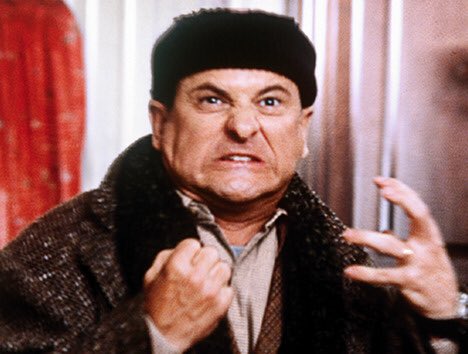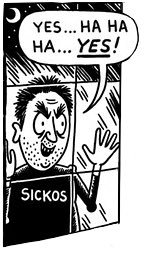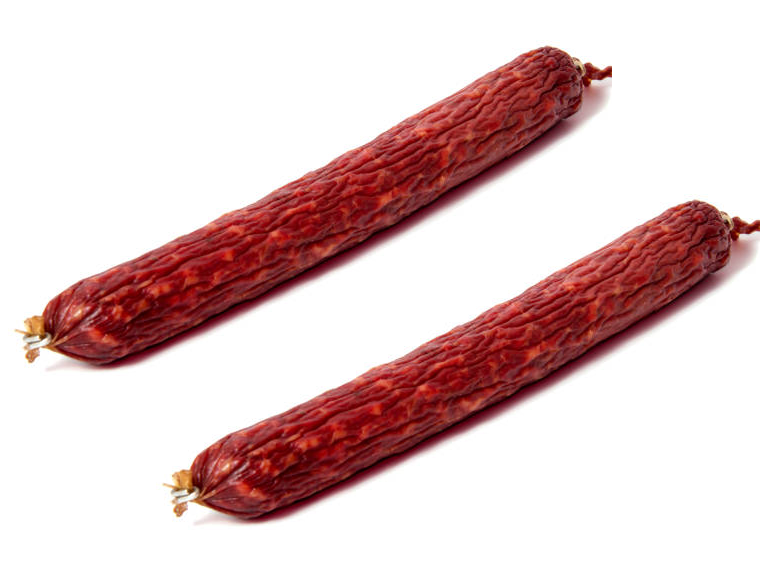The Nashville Sit-Ins were among the earliest non-violent direct action campaigns that targeted Southern racial segregation in the 1960s. The sit-ins, which lasted from February 13 to May 10, 1960, sought to desegregate downtown lunch counters in Nashville, Tennessee.
The protests were coordinated by the Nashville Student Movement and the Nashville Christian Leadership Council (NCLC), primarily consisting of students from Fisk University, Baptist Theological Seminary, and Tennessee State University. Diane Nash and John Lewis, who were both students at Fisk University, emerged as the major leaders of the local movement.
On February 13, 1960, twelve days after the Greensboro, North Carolina sit-ins began, Nashville college students entered Kress (now K-Mart), Woolworth’s, and McClellan stores at 12:40 p.m. After making their purchases, the students sat down at the lunch counters.
Store owners initially refused to serve the students and closed the counters, claiming it was their “moral right” to determine whom they would or would not serve. The students continued the sit-ins over the next three months, expanding their targets to include lunch counters at the Greyhound and Trailways bus terminals, Grant’s Variety Store, Walgreens Drugstore, and major Nashville department stores, Cain-Sloan and Harvey.
The first violent response to the protests came on February 27, which James Lawson, Jr., another protest leader called “big Saturday.” The protesters that day were attacked by a white group opposing desegregation. The police arrested eighty-one protesters but none of the attackers. Those arrested were found guilty of disorderly conduct. They all decided to serve time in jail rather than pay fines.
As racial tension grew in Nashville, Mayor Ben West appointed a biracial committee to investigate segregation in the city. Despite the committee’s numerous attempts at a compromise, the students declared that they would accept nothing less than the acknowledgement of their rights to sit at the store lunch counters along with white customers.
On April 19, a bomb destroyed the home of Z. Alexander Looby, the defense attorney representing many of the protesters. The bombing of Looby’s home triggered a mass march to city hall where 2,500 protesters demanded answers from Mayor West. Nash then asked the mayor if the lunch counters in Nashville should be desegregated. The mayor said they should.
After weeks of secret negotiations between merchants and protest leaders, an agreement was finally reached during the first week of May. On May 10, six downtown stores opened their lunch counters to black customers for the first time; the customers arrived in groups of two or three during the afternoon and were served without incident. With that agreement, Nashville became the first major southern city to begin desegregating public facilities. The Nashville campaign became a model for other civil rights protests in the 1960s and 1970s.
The State and Revolution :flag-su:
:lenin-shining: :unity: :kropotkin-shining:
The Conquest of Bread
:ancom:
Remember, sort by new you :LIB:
Yesterday’s megathread :sad-boi:
Follow the ChapoChat twitter account :comrade-birdie:
THEORY; it’s good for what ails you (all kinds of tendencies inside!) :RIchard-D-Wolff:
COMMUNITY CALENDAR - AN EXPERIMENT IN PROMOTING USER ORGANIZING EFFORTS :af:
Join the fresh and beautiful batch of new comms:
!finance@hexbear.net :deng-salute:
!agitprop@hexbear.net :allende-rhetoric:
!paganism@hexbear.net :anarchist-occult:
!neurodiverse@hexbear.net :Care-Comrade:
New megathread https://hexbear.net/post/83935 :france-cool:
Covid ruined me. My lungs always hurt now. I get out of breath so easily. I have permanent brain fog. I literally just forget wtf I'm doing or where I am at random and completely lose my train of thought every time I try to think about something complex. I feel like I'm developing dementia.
2025 world's biggest websites:
- Pets.com
- Chapo.chat
- Neopets
- Fark.com
- Lemmy.ml
I have seen the future
Also @thelastaxolotl these black history month megathreads have been *chefs kiss*
Communism is when you show up stoned to work, and buddy, I am not a liberal
Vet visit was a fucking success. My cat got his 3 shots, his booty glands squeezed, and the fucking good news that:
He lost 2 pounds since his last visit. Let’s fucking GO!!!
3 more to go and he’s at a healthy weight again.
Reminder to self:
Hey dumbass, finally remember to buy dish soap today, this is the fourth time already
Edit: goddamnit :angery:
Fuck racism. Who the hell would want to not let these people just eat lunch in peace.






